Spokane County
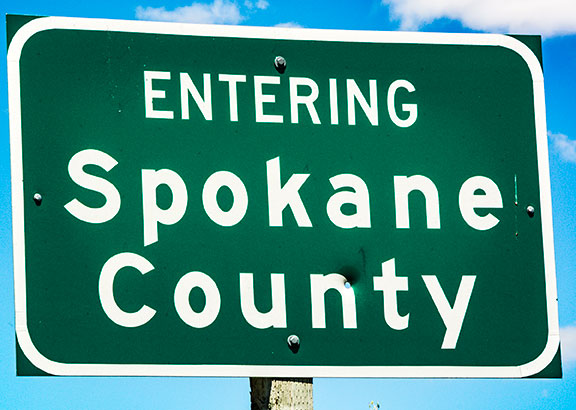
Located on the eastern edge of the state, Spokane County covers 1,764 square miles and is bordered by the State of Idaho on the East, Pend Oreille and Stevens Counties on the north, Whitman County on the South, and Lincoln County on the West. The 2010 U.S. Census counted 471,221 residents, making it the fourth most populous county in the state. Its seat and largest city is Spokane, which, with 208,916 residents in 2010, is Washington’s second most populous city after Seattle. The city and the county are named for “the Children of the Sun,” the Interior Salish people known as the Spokane Indian Tribe.
The county was originally proposed in January, 1858, but was absorbed into Stevens County in 1864, and finally re-established on October 30th, 1869. David Thompson established Spokane House, a North West Company trading post at the confluence of the Spokane and Little Spokane Rivers, approximately 10 miles northwest of today’s city of Spokane, in 1810. This became the first European settlement to have any enduring presence in what is now Washington State.
The arrival of the Northern Pacific Railroad in 1881 and the subsequent discovery of gold in the Coeur d’Alene region of Idaho, just east of the county, drew settlers in great numbers and the population of the city of Spokane increased almost 5600% between 1880 and 1890. With the exception of a slight drop between 1960 and 1970, it has grown ever since.
It is obvious from the fine architecture that a great deal of money poured into the region around the turn of the twentieth century. The 1960s were not good to the city of Spokane, but the city pulled together to host the 1974 World’s Fair, turning a rather dilapidated downtown area around and creating what is now one of the city’s show pieces, Riverfront Park, the site of the World’s Fair, out of the old rail yard along the river. The old Great Northern Clock Tower stands as the centerpiece of the Fair, with the framework of the U.S. pavilion’s stylized tipi nearby. Spokane is the smallest city to ever host a World’s Fair.
Most of the county’s population resides along the I-90 corridor, with the metropolitan area reaching from Cheney in the West to the Idaho line and beyond in the East. North and south of the urban area, Spokane County is still quite rural in nature, with rolling hills covered with wheat and grain elevators being the tallest structures in most of the smaller communities.
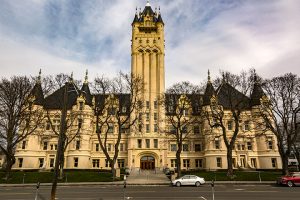
The Spokane County Court House
April 1st, 2017
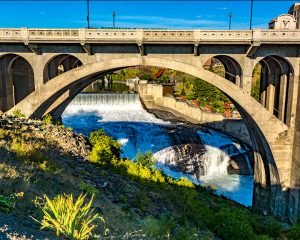
Spokane Falls at Low Water
July 23rd, 2016
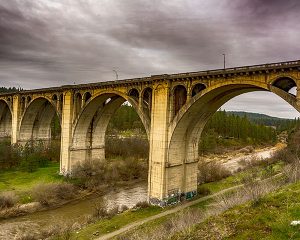
The High Bridge over Latah Creek
April 1st, 2017
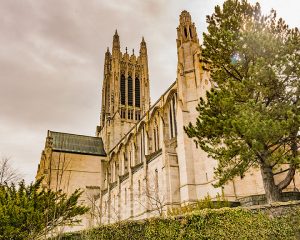
The Cathedral Church of St. John the Evangelist (Episcopal)
April 1st, 2017

Nishinomiya-Tsutakawa Japanese Garden Manito Park
April 1st, 2017

Riverfront Park
March 27th, 2008
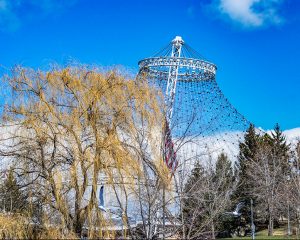
The U.S. Pavilion, Spokane World’s Fair 1974
March 27th, 2008
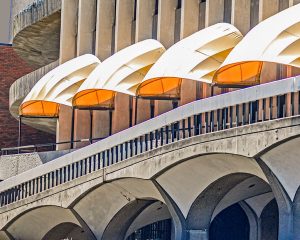
Arches and Awnings, the Downtown Parkade
March 27th, 2008

The Little Red Wagon, Riverfront Park
March 27th, 2008

Downtown Spokane from Interstate 90
October 1st, 2016
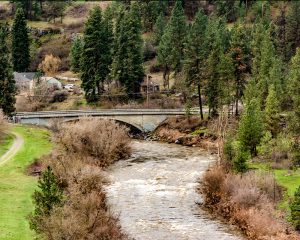
Latah Creek
April 1st, 2017

The Formal Garden, Manito Park
April 1st, 2017
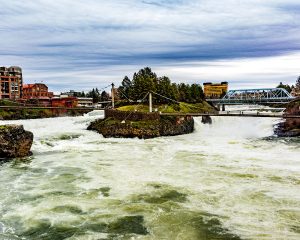
High Water on the Spokane River
April 1st, 2017
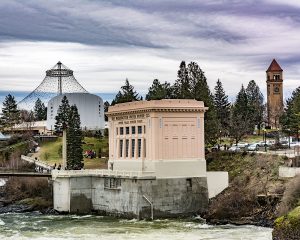
Riverfront Park, Remembering the World’s Fair 1974
April 1st, 2017

Downtown Fairfield, Washington
July 23rd, 2016

Southern Spokane County Landscape
July 23rd, 2016
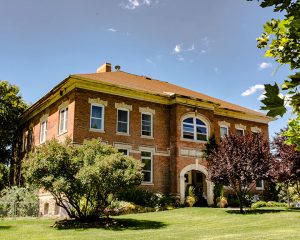
The Latah School, Latah, Washington
July 23rd, 2016
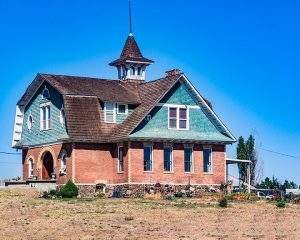
The Old Reardon School (moved to Northwestern Spokane County)
August 4th, 2016
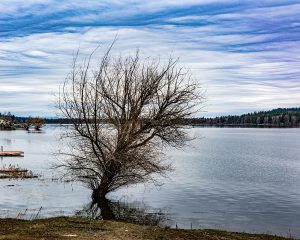
Eloika Lake, Northeastern Spokane County
April 1st, 2017
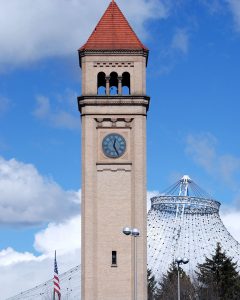
End Cover
Remembering the World’s Fair 1974, Riverfront Park
March 27th, 2008
![]()
